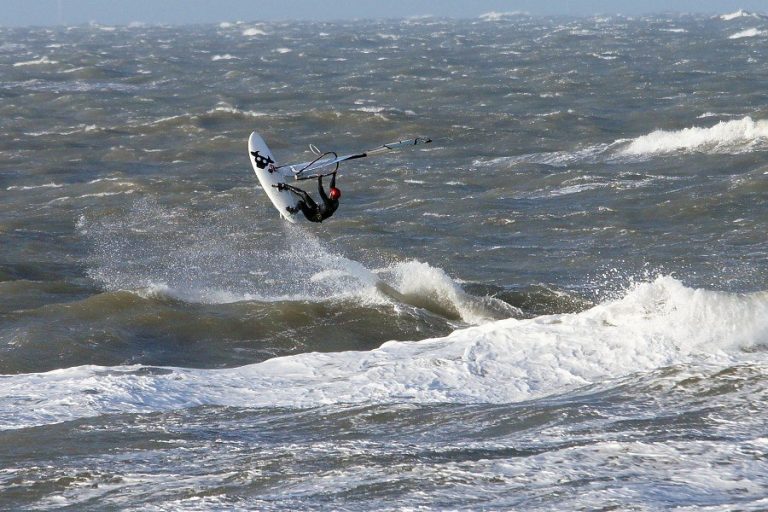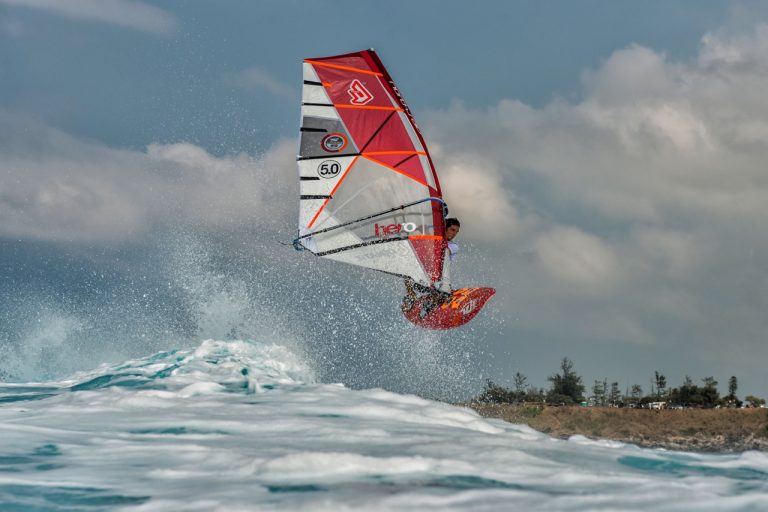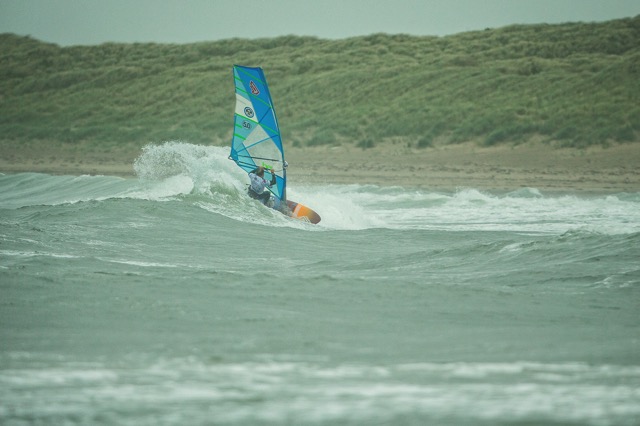This month Exploria look at what is cool and what is certainly not cool in the wheel department, check it out…
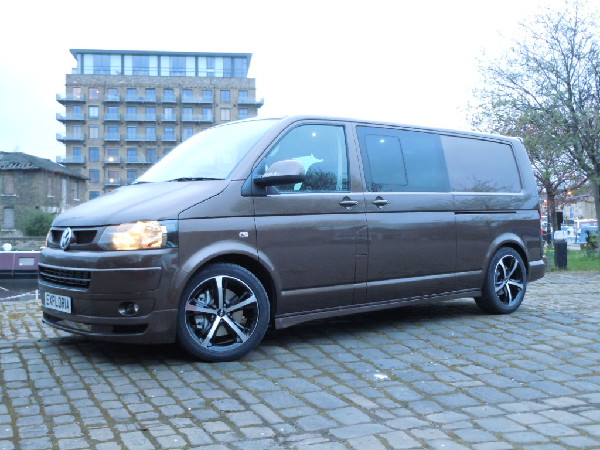
In this month’s article for Boards we are taking a look at various vehicle styling options. As with most things, there is a huge range of styling options available on the market, ranging from the complete ridiculousness of ‘bling-bling’, to the more humble and understated rear roof spoiler or stainless steel side rails.
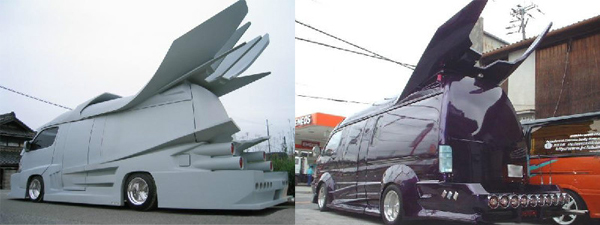
The pictures above give you an idea of the extremes that you can take the styling to, but unfortunately for those of you that like the above…………. we don’t do anything like this…..sorry!
At Exploria we tend to specialise in VW Transporters, which may not be everybody’s cup of tea or van of choice, but on the plus side, it seems to be the most popular choice of vehicle for windsurfers, judging by the numbers that we tend to see at the coast and at in-land sailing spots. The topics we are going to cover in this month’s feature can generally apply to any vehicle and the aim of this feature is to give you a few ideas and provide you with an informed opinion of the pro’s and con’s of various styling options and also to advise you of what things to watch out for.
Alloy Wheels
It’s an easy option to add a set of wheels to set your van off, especially as most vans just come with the standard steel rims, which don’t do anything for its aesthetics. But before going out and buying any old wheels, there a few important things to take into consideration:
Weight Rated – it’s important that your alloy wheels are weighted correctly for the vehicle. Obviously, vans weigh more than most cars and more importantly they have a greater carrying capacity (Max Load Weight). It’s this Max Load Weight per axle that your wheels need to be able to carry, for various reasons, but most importantly to be safe and road legal. Furthermore, it is not only the wheels that need to be weight rated, but your tyres too.
On a VW T5 Transporter the axle weights can be found on the engine bay bulkhead just above the air filter. For instance 2.5 T5’s tend to have a Max Load Weight of around 1680Kg on the front axle and 1600Kg on the rear axle. So, to do the calculation: 1680 ÷ 2 = 840Kg. Therefore, in order to be safe and on the correct side of the law, the wheels and tyres need to be weight rated to a minimum weight of 840Kg per corner. Beware of many alloy wheel distributors and shops selling alloy wheels for T5’s (and of course other vans) that do not meet the weight rating requirements. Often, the phrase used is ‘suitable for T5 fitment’, but what this is actually referring to is the hole pattern, offset and centre bore.
From our experience it is always best to check the Max Load Weight of your chosen alloy wheels yourself. The weight rating is normally stamped on the back of the alloy wheel and the tyres always display the max weight on the sidewall. Many retailers will avoid making you aware that your wheels and tyres may be insufficient for the vehicle.
A few reasons why it is so important to get it right:
1) Peace of mind that your wheels are not going to collapse on you when you hit a pothole – whether it be at 30 or 70 MPH
2) Peace of mind that there will be no issues with your insurance company or the police if you are involved in an accident
3) Recently we have found numerous insurance companies asking for the load rating of both wheels and tyres on vehicles that we have converted/styled.
4) It will prevent any potential problems in getting your vehicle’s MOT, if and when it needs one
Warranties – Along with the weight rating issues discussed above, we would also recommend that you check with the supplier or converter on what warranties are available on the wheels. Many companies offer very poor warranties, especially on wheels with a cut faced polished finish. If you are unfortunate enough to have a set of wheels that have begun to corrode, you may find that the alloy wheel distributors and agents simply state that they were only covered by a 6 month warranty, and that the corrosion has been caused by grit, or alternatively that the wheels were not designed to be used through the winter!
Sizes – Not only is there a great difference in looks from a 16” to a 20” alloy wheel, but there is also a difference in the ride comfort and overall handling. Going bigger reduces the size of the tyre wall, which makes the ride harder, so bear this in mind when considering bigger alloy wheels. Also, large alloys tend to fill the wheel arch much better but they can also look a little silly without going that extra mile and getting the vehicle lowered.
If you find the information given above a bit of a mine field, feel free to give us a call for a bit of advice. At Exploria we offer a wide range of wheels in various sizes from 16 – 20”, all weight rated and some wheels come with a 2 year warranty, regardless of finish and seasonal use. We have both low cost Chinese wheels and higher priced, higher quality, German and Italian wheels, backed up with excellent warranties. We also have the facilities and stock for you to drive in with your vehicle and see a few different wheels on your van, as quite often; they look completely different when fitted. Take a look at the photos below, which show the same van with standard steel rims, followed by 20” alloys and finally, lowered by 40mm with H&R springs.
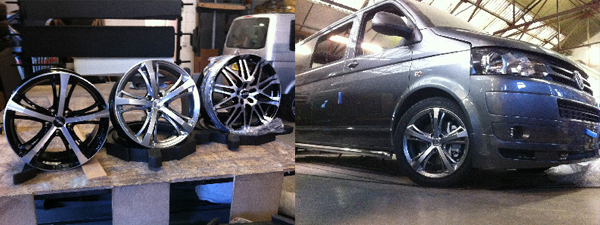
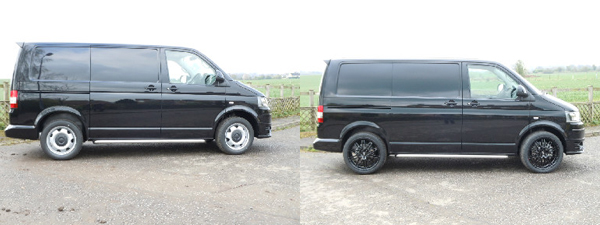
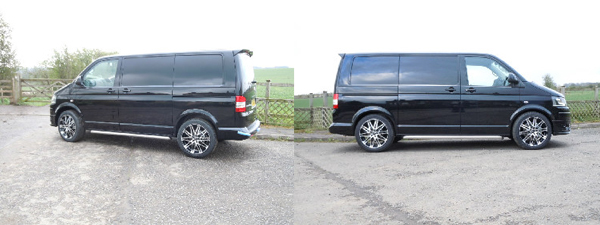
Spoilers, Bodykits and Side Rails
For some, the heading of this topic may instantly make you imagine boy racers and blinged up Citroen Saxo’s…..however, spoilers and valances can transform a vehicle, making it look sporty, classy and uniquely different. They can also make a vehicle look cheap and nasty and look very boy racerish – albeit, it really comes down to interpretation, personal preference and of course, purchasing the right parts!
There are a wide range of van styling products out on the market place ranging in quality and design. At Exploria the items we offer are designed to add a quality look and style to your vans…. of course this is very objective. To give you an idea of the difference that various body kits can offer, here are some before and after photos:
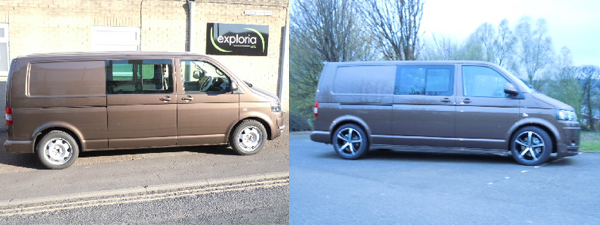
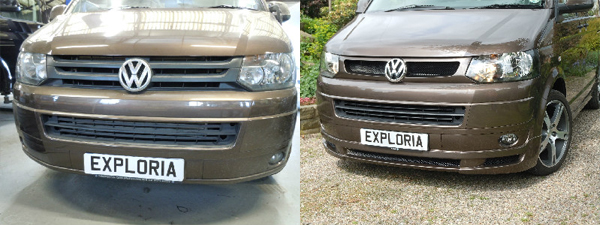
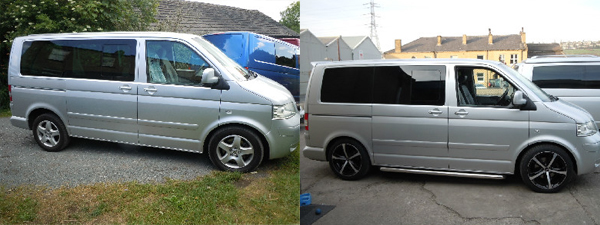
Suspension / Lowering
At Exploria we lower vehicles for a wide range of reasons and it doesn’t just come down to looks. You would be surprised at the amount of customers that have their van lowered, just so that it will fit inside their garage at home or to get them into a car park that they need to use. Here are the pros and cons to lowering:
The Pro’s:
Better handling – as vehicle roll is vastly reduced. Bearing in mind that vans are designed as commercial vehicles and that a high percentage need good ground clearance and to be capable of carrying large loads, so tend to sit high in the air to facilitate this.
Easier entry and exit – It’s surprising how much difference 40mm or more makes (most women would say it makes a massive difference!!) but it really does. Jumping in and out of various vans at work we can tell if a van’s been lowered or not just by simply getting in or out of it.
Better aesthetics – vehicles often look so much better when they sit lower to the floor – especially if they have had bigger wheels added.
Reduced vehicle height – gives better clearance for access into garages and car parks with height restrictions.
The Con’s:
Harder ride – depending on how much the vehicle is lowered, it can give the vehicle a slightly harder ride which some people find uncomfortable. Done correctly, and on good quality springs the ride is not as hard.
Less ground clearance – depending on how much you lower the van, ground clearance can be an issue with curbs, speed bumps and those bumpy roads down to the beach. However, I must say that I have a T5 which has been lowered by 40mm and has a full body kit, and I have very few problems with ground clearance, which is put to the test on a daily basis to and from home, along our extremely bumpy pot-holed track!
Cost can be quite expensive – depending on how you lower your van and which products you use. At Exploria we lower 90% of T5’s on H&R 40mm springs for £340 + VAT fully fitted. You can get this done cheaper by using non branded or cheaper makes of springs; however, from past experience; we have found problems with spring breakages, end ride heights and handling issues. Our advice would be to use great quality products such as H&R, as they offer high quality products, great warranties and have the biggest range of spring options to make your vehicle sit correctly. Often, as with many things, paying that little bit more saves you having to pay more in the long run.
There are three ways to lower your vehicle:
1) Lowering Springs – Replacing the factory springs with lowering springs. This is the cheapest option out of the three.
2) Coil-over – Replacing both the springs and the struts. Coil-over’s usually having the facility to adjust the height that your vehicle sits at within a certain range.
3) Air Suspension – Various air suspension options are available, some using springs and others without. This option tends to be the most expensive and the least popular option.
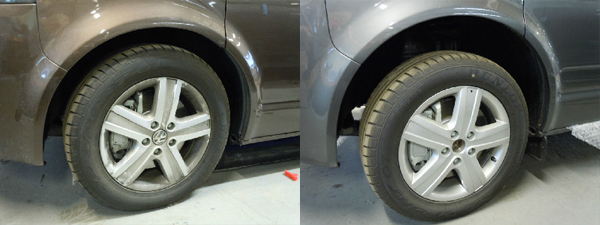
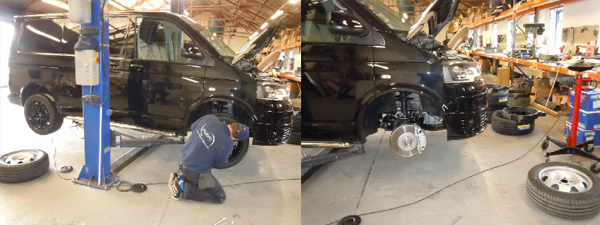
Please visit www.exploria-online.co.uk for more styling options and alloy wheels.

